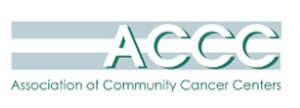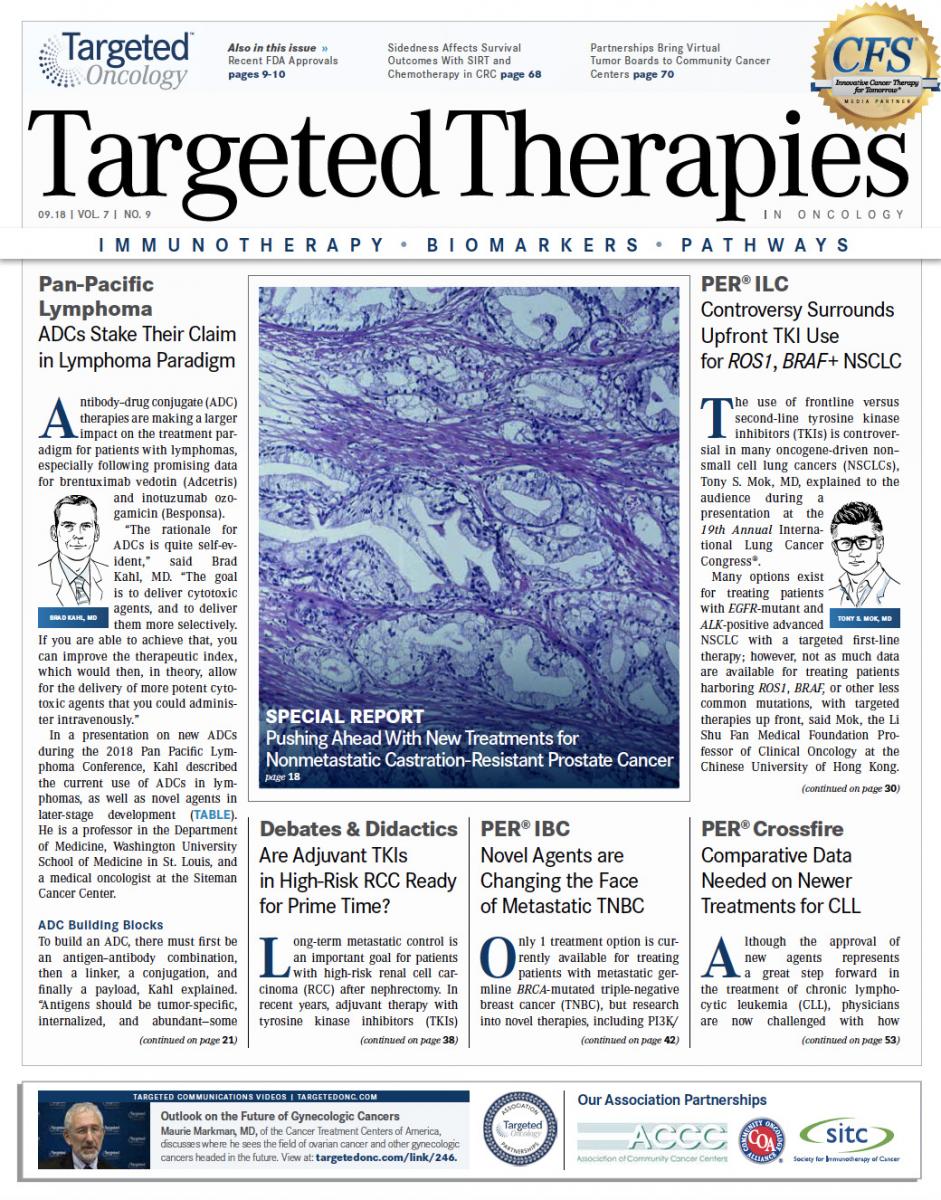ACCC Forum Offers Sustainable Solutions for Tackling Burnout
Increased focus has been placed on the overwhelming stress within the physician community, often referred to as burnout. According to Medscape’s 2018 National Physician Burnout and Depression Report, nearly twothirds of physicians within the United States have reported symptoms.

Increased focus has been placed on the overwhelming stress within the physician community, often referred to as burnout. According to Medscape’s 2018 National Physician Burnout and Depression Report, nearly twothirds of physicians within the United States have reported symptoms.1
“I have seen the levels of frustration with oncology care providers skyrocket,” said Thomas A. Gallo, MD, MDA, in an interview with Targeted Therapies in Oncology. “It is not only physicians, but all members of the oncology care team. We are [approaching] an inflection point where we are going to have a higher demand [in oncology care] and a potential scarcity of those willing to engage in the process of caring for patients.”
This issue was tackled at the Association of Community Cancer Center’s (ACCC) 6th Annual Institute for the Future of Oncology forum held June 27 in Washington, DC. Over 30 key leaders from varying perspectives and areas came together to discuss how to create a resilient oncology team in their practices, a chosen focus of Gallo’s tenure as ACCC president.
The meeting called for participants to identify the effects of burnout on the current organizational structure and culture of healthcare practices, as well as how it hinders the efficiency of their cancer care team.
Addressing the Complexity of Burnout
Burnout is a complex issue, the participants concluded during the ACCC forum, and not specific to cancer care. It can be defined as a prolonged response to chronic emotional and interpersonal stress, resulting in devastating consequences if unaddressed.2
The participants agreed that, based on a spectrum of the symptoms experienced by an individual, there are varying levels of burnout, including compassion fatigue, moral distress, and emotional depletion.
As the number of patients with cancer grows and their care becomes more technical, physicians are not the only ones affected. “I think there needs to be awareness in all organizations of the stress that everyone is under…everyone from the receptionists through the pharmacists to the financial counselors, with the increasing financial toxicity,” Gallo said.
During the half-day meeting, participants identified tools and resources to use in practice to reduce the burden of burnout. Importantly, they tailored their potential solutions toward the entire cancer care team, including care navigators, oncology nurses, and oncologists, covering both individual and organizational needs.
Developing a Culture of Wellness
Support the individual.Reducing burnout within a practice begins with an investment in individual resilience and well-being. Participants suggested that this can be achieved through interventions, such as training in mindfulness, which stimulates an awareness of the present moment, and meditation. Other individual interventions include stress management training and small group curricula.
A recent study pooled data from 52 clinician studies that evaluated mindfulness and similar interventions to reduce burnout among 3630 physicians.3 The data found that any type of intervention led to reduced rates of burnout (54% to 44%), high emotional exhaustion (38% to 24%), and high depersonalization (38% to 34%).
Cultivate a culture shift.Participants suggested that practices should have a platform to address the issue of burnout among all healthcare members. Rather than considering burnout a weakness, practices should develop a “just culture” to ensure that the environment is a safe space for self-care and raising issues, the discussants said. This could be accomplished through organizational interventions, such as adopting the Schwartz Rounds program, interdisciplinary dialogue sessions in which caregivers share their experiences, thoughts, and feelings on thought-provoking topics drawn from actual patient cases. The premise is that caregivers are better able to make personal connections with patients and colleagues when they have greater insight into their own responses and feelings.
Discussants also highlighted the importance of cultivating supportive relationships within a practice. When implementing burnout interventions, it is essential to include all cancer care members, from the top to the bottom of the power gradient, according to the forum participants.
Start at the top.Leaders of the cancer care team should be engaged and committed to prioritizing a health workforce. Participants at the meeting agreed that leaders should see resiliency and well-being as an initiative, and funding should be met accordingly. “People need to be able to talk to leadership about issues around burnout if they are having them and not feel as though there will be repercussions, or they will be looked at as weak,” Gallo said.
Creating an Efficient
Practice Identify practice inefficiencies.Areas of improvement should be discussed in collaboration with a practice’s physicians, healthcare members, patients, and family members, according to the discussants.
The adoption of quality improvement methodologies, such as Lean, was suggested as a way to improve inefficiency. Lean is a set of operating philosophies and methods designed to increase value by reducing excess waste. Basic principles involve identifying room for improvement, measuring the baseline, determining what is wrong or could be improved, developing better approaches, and implementing change.
Reduce work burden.Participants of the forum urged practices to ask their team members some simple questions, such as, “Is the work you’re doing the most joyful, effective role for you?” If not, it is the role of a practice to redistribute tasks so that all healthcare members are working at the top of their license.
“Practices need to understand that dealing with burnout and creating systems to keep employees engaged is going to require a shift in organizational culture,” Gallo said. “There should be an investment in corporate structures that encourage resiliency and engagement.”
Members of the meeting suggested reducing the workload by canceling unnecessary meetings, turning over more responsibility to the administrative staff, and encouraging quality lunch breaks and well-deserved time off.
Take advantage of technology.Practices should acknowledge that administrative burden affects both the cancer care team and patients, the discussants said. Technology, such as electronic medical records (EMRs), can alleviate this burden by providing an electronic infrastructure for clinical and administrative activities. For example, EMR contributes to improved chart availability, data organization, and legibility, which tackles some of the factors that play into administrative burden.
For practices that use EMR, discussants suggested a tracking metric related to documentation burden. If clinicians struggle with the technology, EMR coaches or scribes can be offered.
References:
- Peckham C. Medscape National Physician Burnout & Depression Report 2018. Medscape website. medscape.com/slideshow/2018-lifestyle-burnout-depression-6009235. Published January 17, 2018. Accessed August 28, 2018.
- Maslach C, Schaufeli WB, Leiter MP. Job burnout. Annu Rev Psychol. 2001;52:397-422. doi: 10.1146/annurev.psych.52.1.397.
- West CP, Dyrbye LN, Erwin PJ, Shanafelt TD. Interventions to prevent and reduce physician burnout: a systematic review and meta-analysis. Lancet. 2016;388(10057):2272-2281. doi: 10.1016/S0140-6736(16)31279-X.

Survivorship Care Promotes Evidence-Based Approaches for Quality of Life and Beyond
March 21st 2025Frank J. Penedo, PhD, explains the challenges of survivorship care for patients with cancer and how he implements programs to support patients’ emotional, physical, and practical needs.
Read More